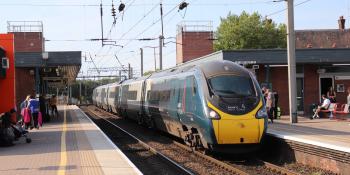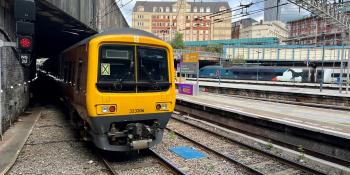The Travel Demand Management team at Transport for London provides tailored advice and initiatives to inform the choices which together keep London moving. This report is based on a seminar organised by the Chartered Institute of Logistics & Transport
The rail industry is well aware of the way in which demand rises for the daily work peaks, major sporting events and other causes, but how possible is it to manage people’s demand for travel? Traditional responses have included increasing the service frequencies, lengthening trains, resignalling, or improving the track layout. Any of these may or may not be reasonably possible, but all are likely to require major investment and will certainly take time to implement.
Such issues came to a new head with the 2012 London Olympics, based mainly in the Stratford area of east London. There were going to be major requirements to move people, whether they be competitors, the organisers and their staff at the various venues, support teams, security, plus huge numbers of the public attending. It was also going to be for several days in succession, with a short break after the main Olympics but resuming for the Paralympics.
All this had to be achieved while t…





